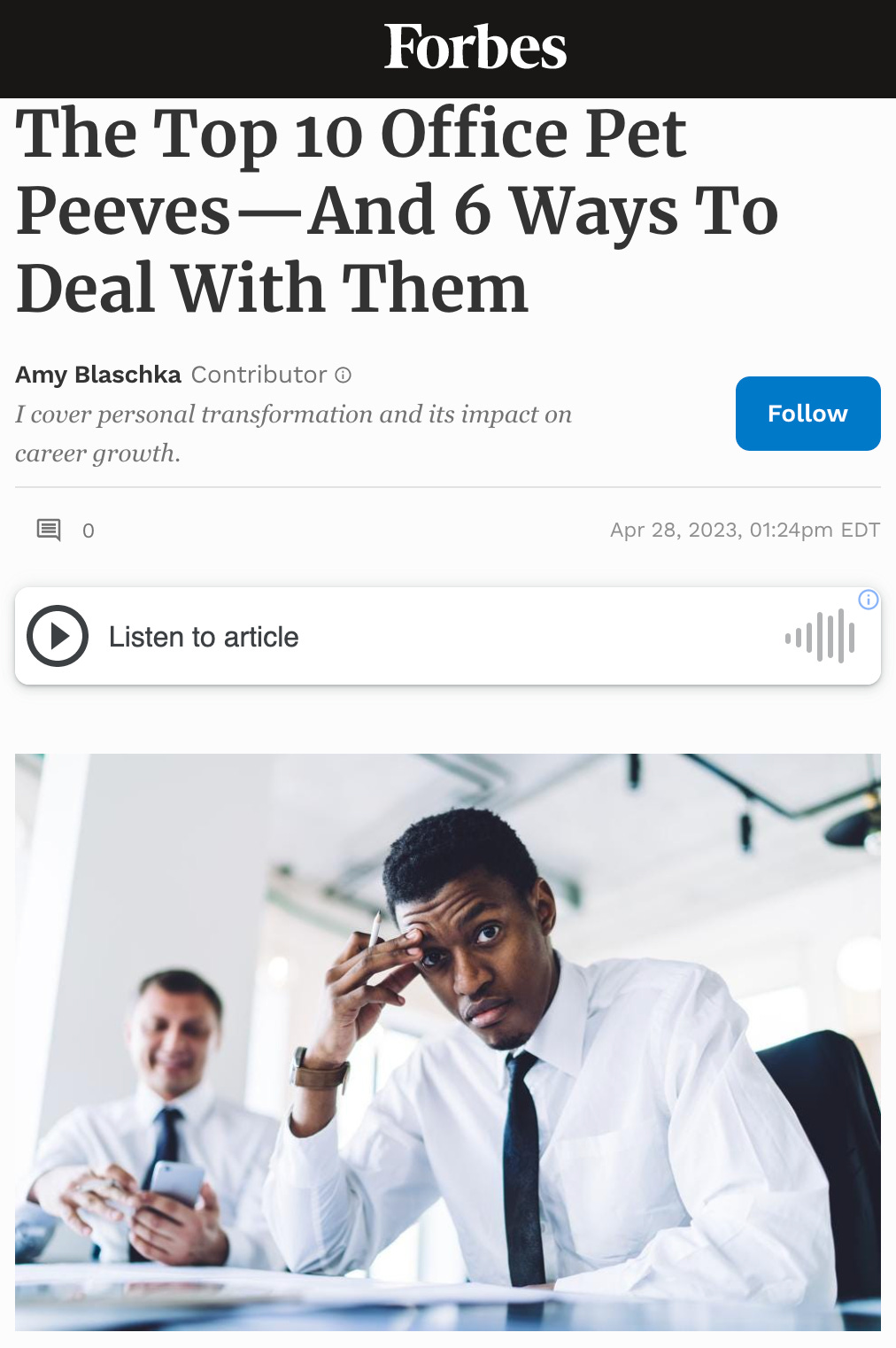5 reasons why you should surround yourself with complementary (not complimentary) people
The smartest leaders focus on this; here’s why you should too
Welcome to Illuminate Me. Each week, I share an illuminating insight to help you communicate and connect better, growing your reach, impact, and career.
This week’s insight: The strongest teams are diverse and balanced in skill set, perspective, and experience.
Think for a moment:
Are you a leader who surrounds herself with “yes” people?
Maybe you’re a leader who counts on his like-minded team for advice.
Or perhaps you tend to hire people who share your strengths.
It’s natural to be drawn to those whose views and skills are harmonious with our own, but the danger is that when those are the only options, we’re caught in an echo chamber, have an imbalance of skills, and can be blindsided by a reaction we never saw coming.
When I was a CEO, I instinctively sought those who brought something new to the table.
I had little use for someone who didn’t offer their own perspective and merely wanted to stroke my ego.
I also looked for people whose expertise would supplement and balance out my own.
I didn’t want more “Amys” on the team; I needed people who could help me and our organization be and do better through their different skill sets and experience.
In essence, I was looking for those who complemented me, not those who complimented me.
Complimentary refers to expressing a compliment, praising, or approving.
Complementary is about combining in such a way as to enhance or emphasize the qualities of each other or another.
The first is hollow and singularly focused; the second is stronger and more collaborative.
Understanding the distinction and using our awareness to resist the urge to go with the former is essential.
The smartest leaders intentionally surround themselves with complementary (not complimentary) people, and here’s why you should too:
COMPETENCE: It allows you to focus on your unique strengths
It’s impossible for a leader to excel in all areas. Rather than muddle through your weaknesses, hire or seek guidance from those whose areas of expertise differ from yours. This will free you up to put your talents to their highest and best use, increasing your competence.
CONFIDENCE: You’ll look like a better leader
Insecure leaders try to control every aspect and need constant affirmation; confident leaders trust and empower their teams. When you allow them to focus on their strengths, they’ll perform better and provide more value, which reflects favorably on you.
CANDOR: You’ll get what you need to hear versus what you want to hear
Surrounding yourself with a sea of “yes” people might help you feel better about a decision, but it does nothing to protect you from reality. On the contrary, a true advisor enables you to see potential blind spots you’d otherwise miss, and that candor can only happen when they are encouraged to speak freely.
CURIOSITY: You’ll learn something new
If your inner circle looks and sounds just like you, you’ll never move out of your echo chamber. In contrast, leaders who seek out diverse ideas, views, and perspectives are open to and welcome learning from those who might hold opinions or experiences contrary to their own.
CONNECTION: It’s not about you
Leaders who surround themselves with people who compliment them are most concerned about themselves; those who surround themselves with complementary people know it’s not about them.
Servant leaders seek to communicate and connect better through an empathetic approach where they shift their perspective to put others first. Doing so helps them listen and better understand, which builds trust, strengthens relationships, and fosters camaraderie.
Remember, the strongest teams are diverse and balanced in skill set, perspective, and experience.
Unfortunately, even the best teams can unknowingly annoy each other.
In my latest Forbes article, I share the top ten office pet peeves and six tips on how to deal with difficult co-worker habits (and ensure yours don’t negatively impact others).
More illumination:
Miss last week’s newsletter? Here’s how to banish your inner critic.
And one from the archives: Learn why it’s not what you look at that matters; it’s what you see.
P.S.
What I do:
When I’m not writing this newsletter or surrounding myself with complementary people, I’m a social media ghostwriter. (Yep, that’s a thing). I help founders craft their stories to communicate and connect better, magnifying their reach and impact. (Think personal branding and thought leadership.)
I can also weave together your personal and professional experience to write an engaging, original, and authentic career story that aligns with and supports your personal brand and thought leadership, positioning you for success.
Learn more by visiting my website.
Where you can follow me and find more of my work:
Forbes: I write weekly articles on personal transformation and its impact on career growth.
LinkedIn: Hit the 🔔 in the top right corner of my profile to get notified when I post and join more than 21,000 others by subscribing to my weekly LinkedIn newsletter, momentum, featuring insights to help you maintain positive motion and continually grow your career.
Twitter: Pithy synopses and threads of my content.
Instagram: My content, visualized (and occasional travel-related Instagram Stories and archived Story Highlights about my adventures if you’re into that kind of thing).
How to subscribe to this newsletter:
If you haven’t already, please subscribe by clicking the blue button and be sure to check out the archives.







